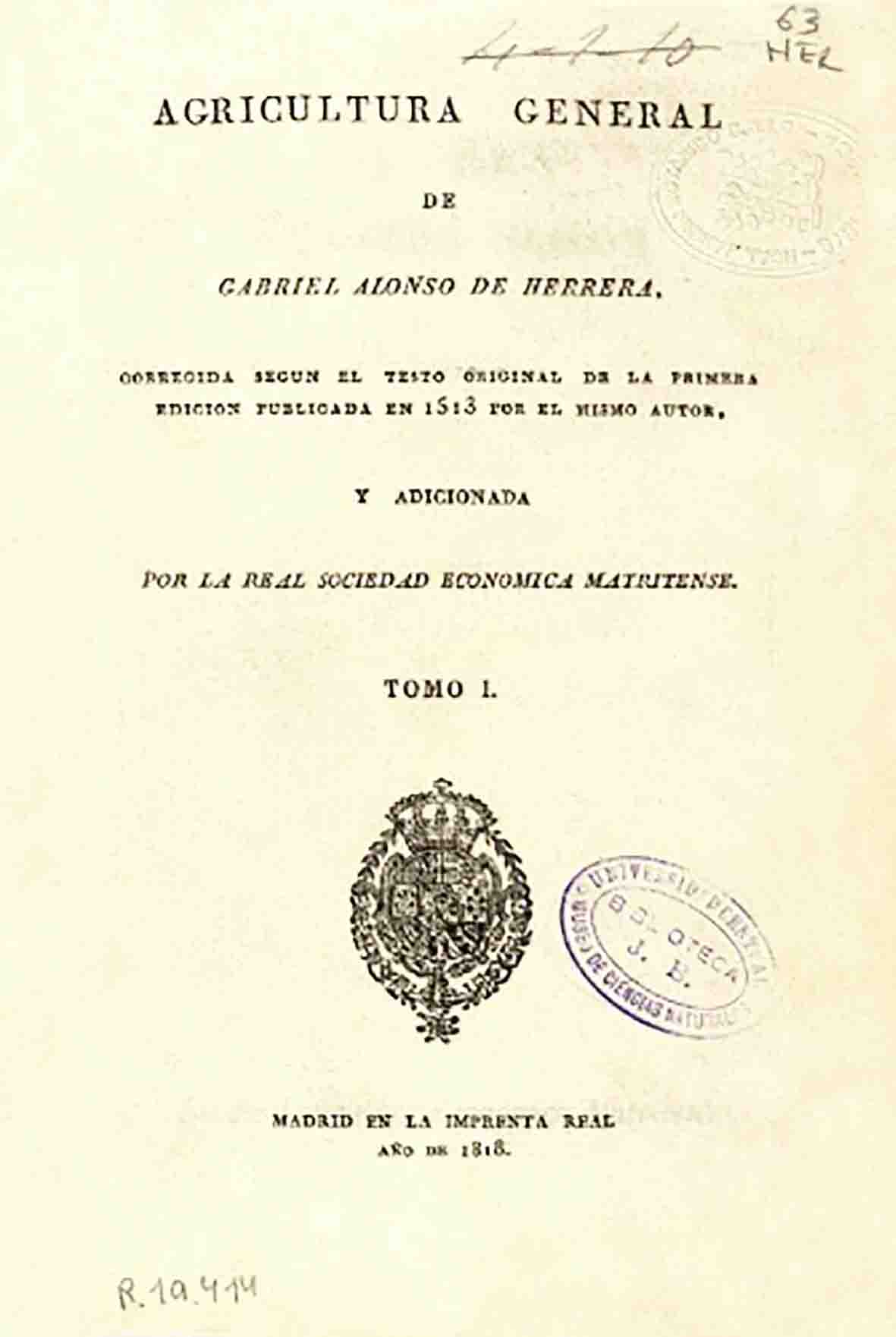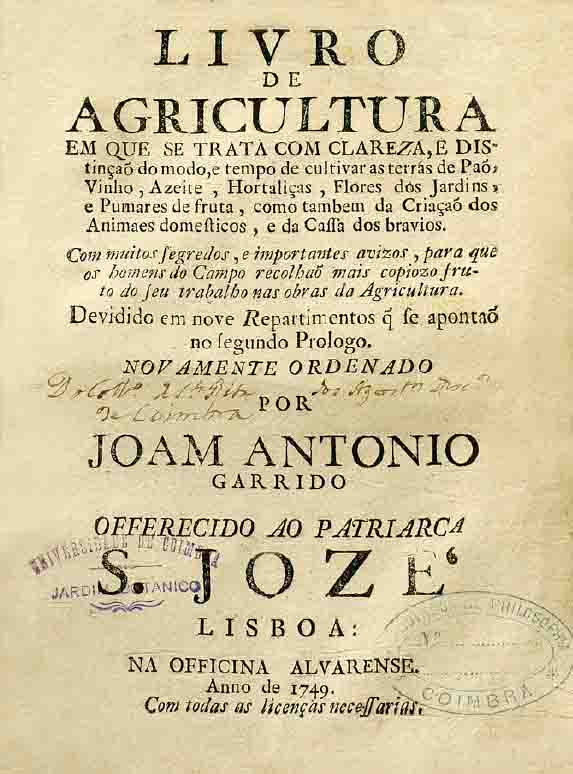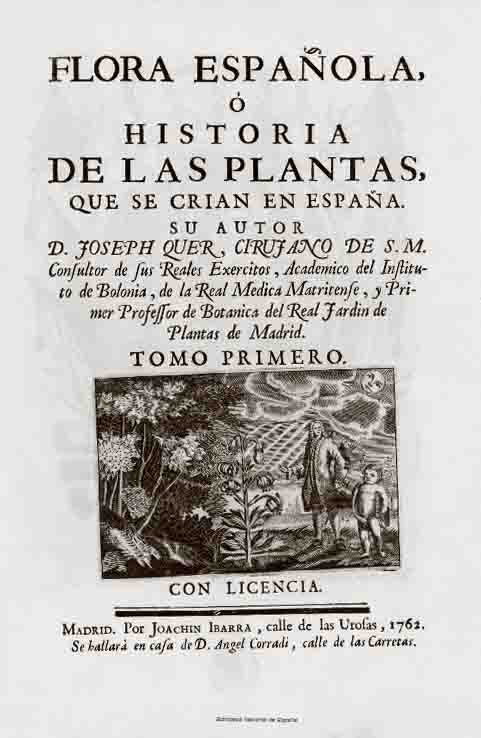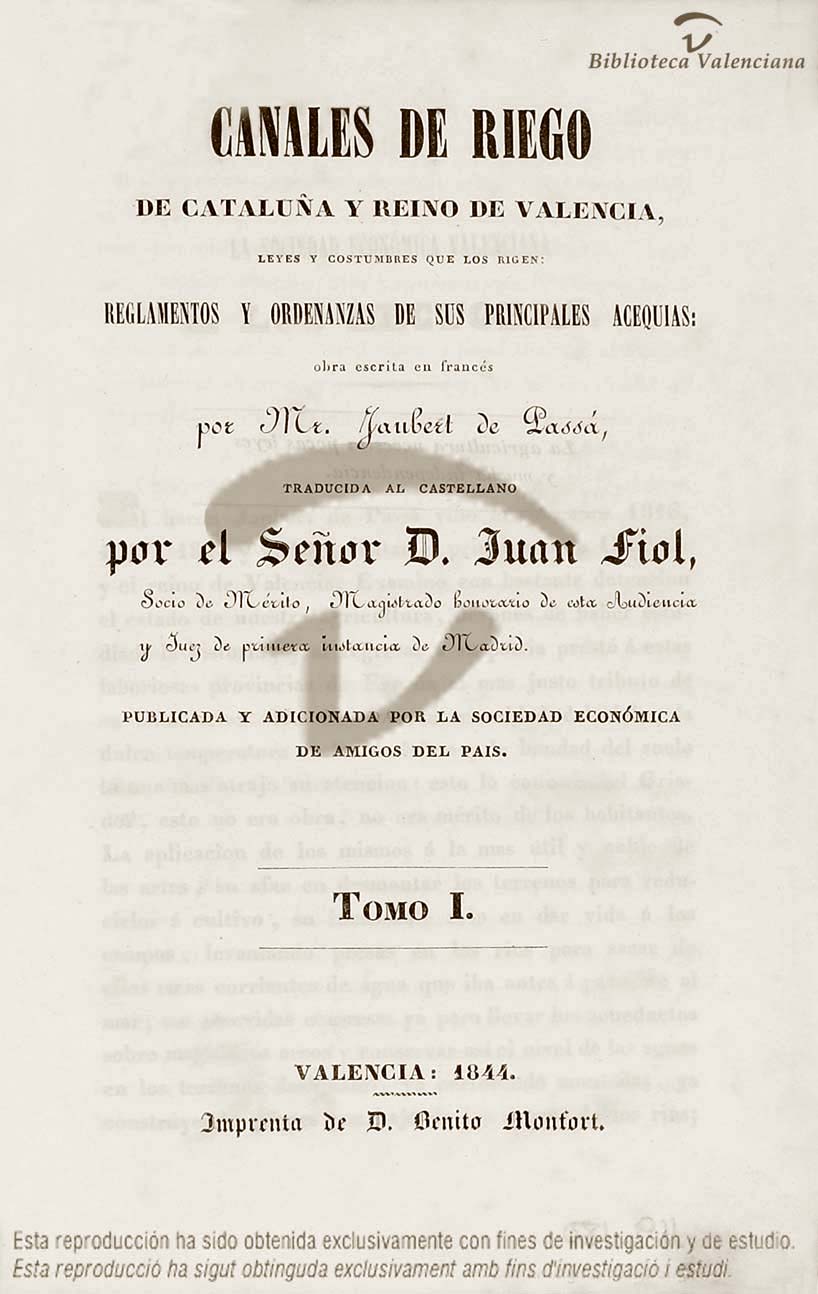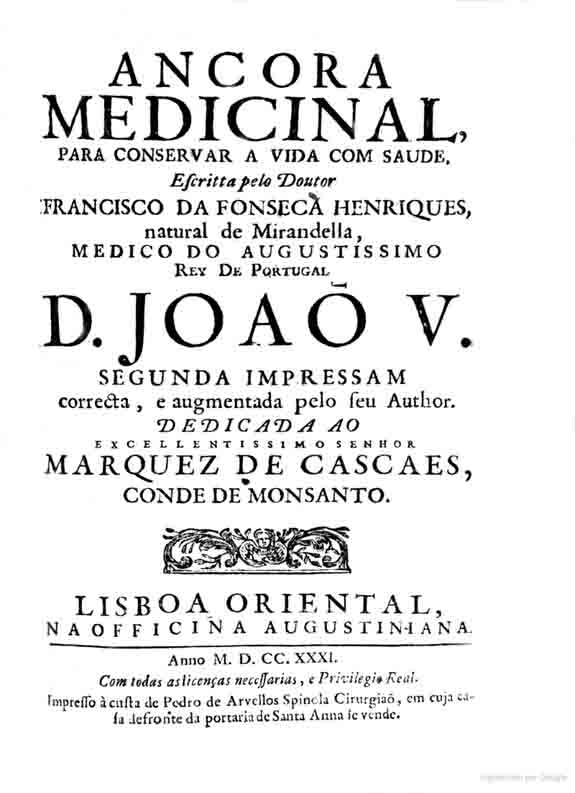Agricultura general de Gabriel Alonso de Herrera, corregida según el testo original de la primera edición publicada en 1513 por el mismo autor, y adicionada por la Real Sociedad Economica Matritense
Volumes
Gabriel Alonso de Herrera
In 1492, he settled in Granada, following, in a first phase, ecclesiastical studies, allowing him to read the Classical and Arab texts of naturalists, philosophers and physicians like Aristotle, Pliny, Palladium, Varro, Virgilio, Galeno, Theophrastus, Columella, Pietro Crescentino, Magón, Avicenna and Abencenif (Ibn Wadif). In Granada, he also studied the Arab methods of cultivation.
Throughout the first decade of the 16th century, he travelled through Spain, in particular through Vizcaya, Aragon, Montes Pirineos, Valencia, Córdoba, Almería and Málaga, as well as through France, Germany or Italy, acquiring practical knowledge on the different agricultural techniques used at the time in Europe.
Editor: Madrid, Imprenta Real
Year of edition: 1818-1819
In 1513, Gabriel Alonso de Herrera published an agriculture treatise whose importance is reflected in the more than 20 editions in Spain, as well as translations in other countries. In addition to planting, veterinary medicine, meteorology and studies on the influence of food on health, as well as many other activities from hunting to pests, through beekeeping, irrigation, grazing or plant properties are also analysed.
Herrera’s work was entrusted to him by Gonzalo Ximénez de Cisneros, Cardenal Primado de España y Arzobispo de Granada, with the aim of improving the Spanish agricultural techniques in face of the abandonment of agriculture during the successive periods of war. It was intended to be useful to farmers and everyone who worked in agriculture. Therefore, it was written in vernacular, fluent and simple language from the peasantry, which was a novelty.
Bringing together the agricultural knowledge of the cultured tradition – Greek, Latin, medieval and Arab authors – with his personal experience and observations made during his travels, the work of Herrera is considered as one relevant step towards the modernization of the Spanish agriculture. This edition was organised by the Real Sociedad Económica Matritense in the 19th century. Beyond including the scientific taxonomic classification of Linneo, Mundus Novus plants are mentioned, revealing the circulation between continents and integration of new plants and practices in the Spanish economic, agricultural, and gastronomic spheres.
This edition was organised by the Real Sociedad Económica Matritense in the 19th century. Beyond including the scientific taxonomic classification of Linneo, Mundus Novus plants are mentioned, revealing the circulation between continents and integration of new plants and practices in the Spanish economic, agricultural, and gastronomic spheres.
I.G.
more sugestions…
Livro de agricultura em...
João António Garrido
Flora española...
José Quer Martínez
Através dos campos...
José da Silva Picão
Travels in Portugal and...
Heinrich Friedrich Link
Canales de riego...
François Jaubert de Passa
Ancora medicinal...
Francisco da Fonseca Henriques

